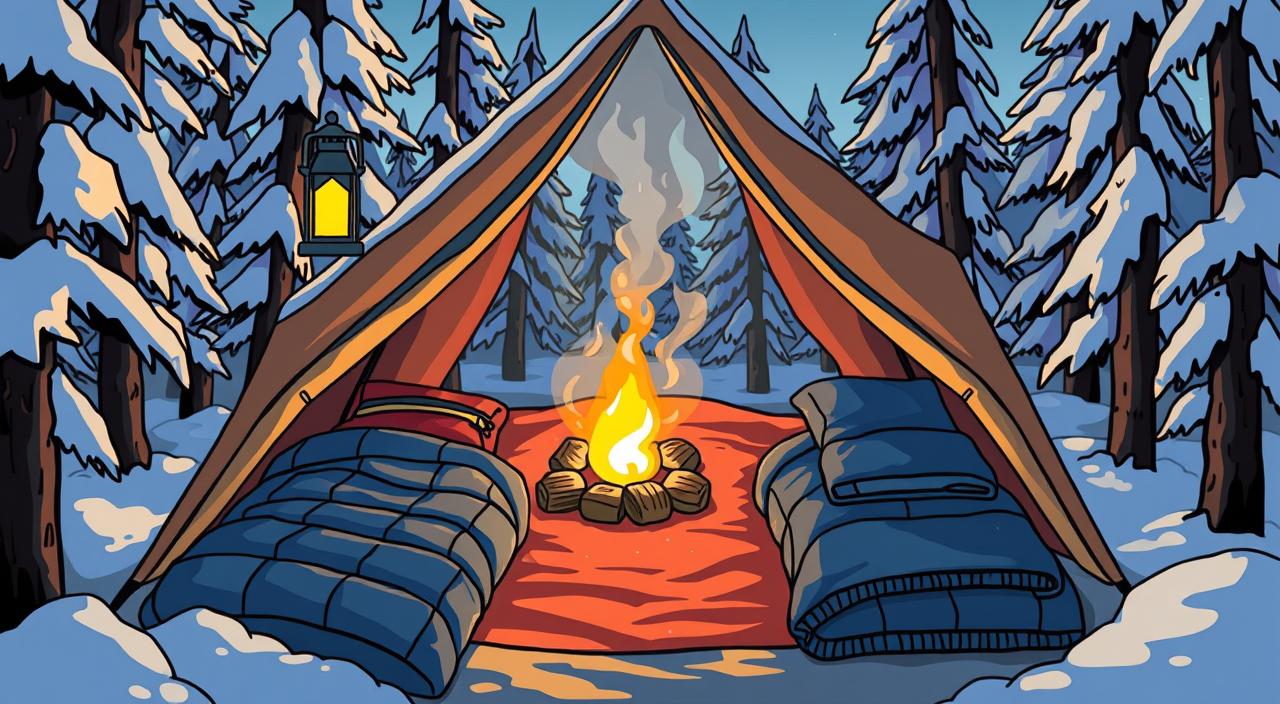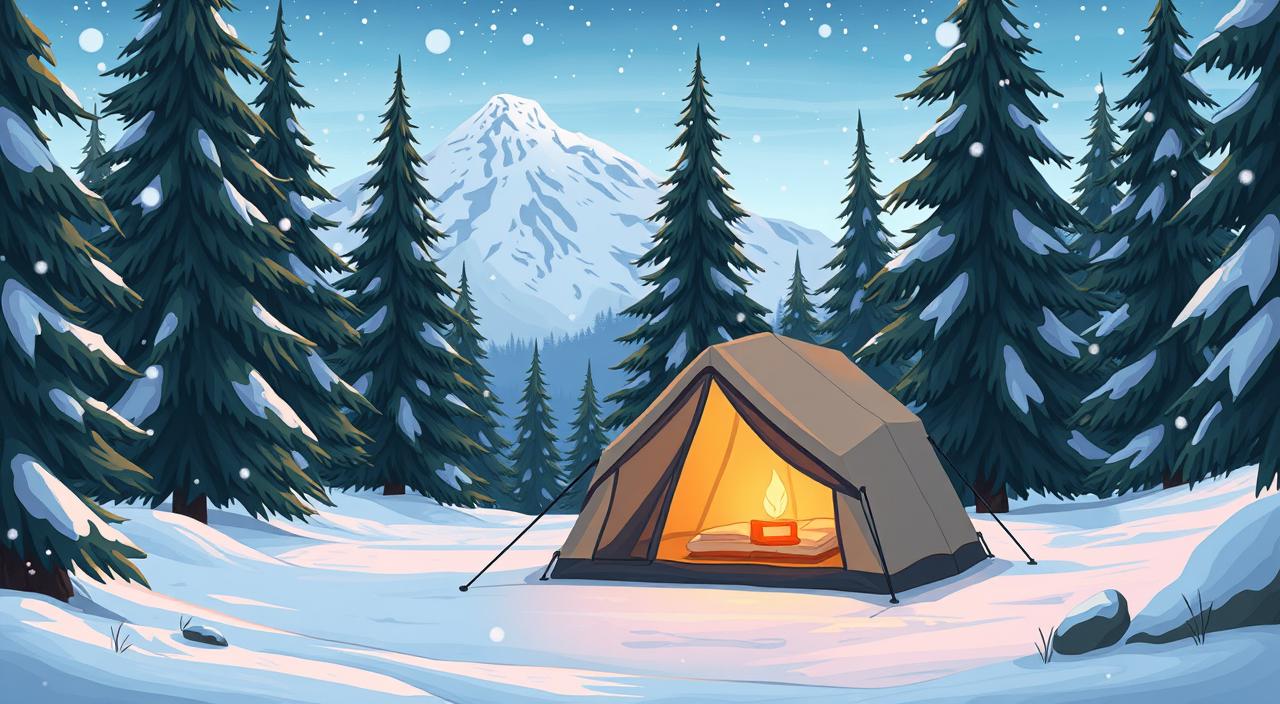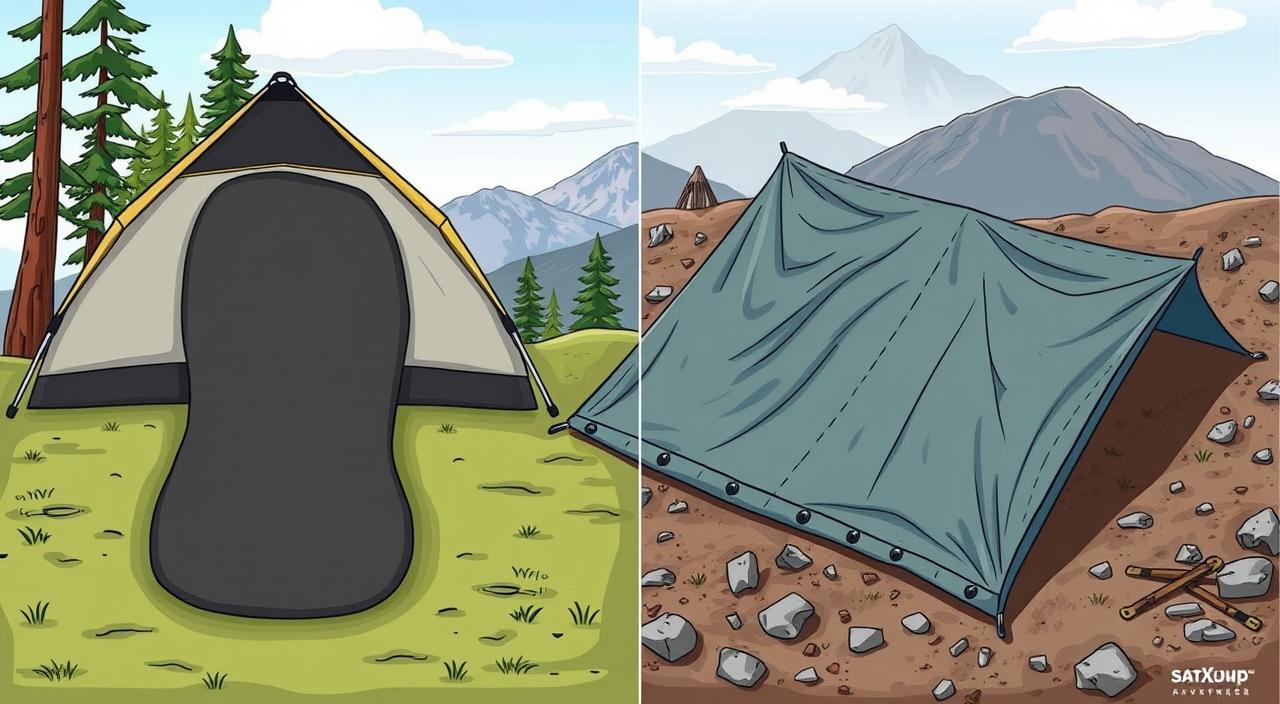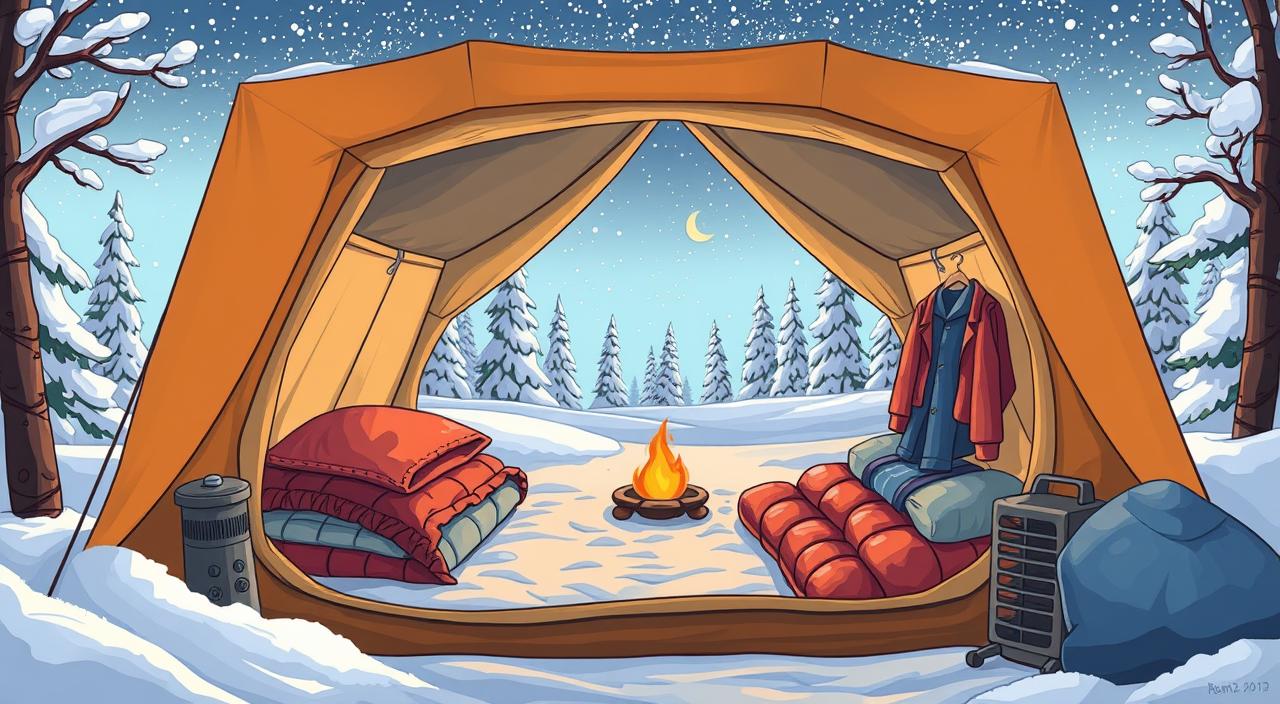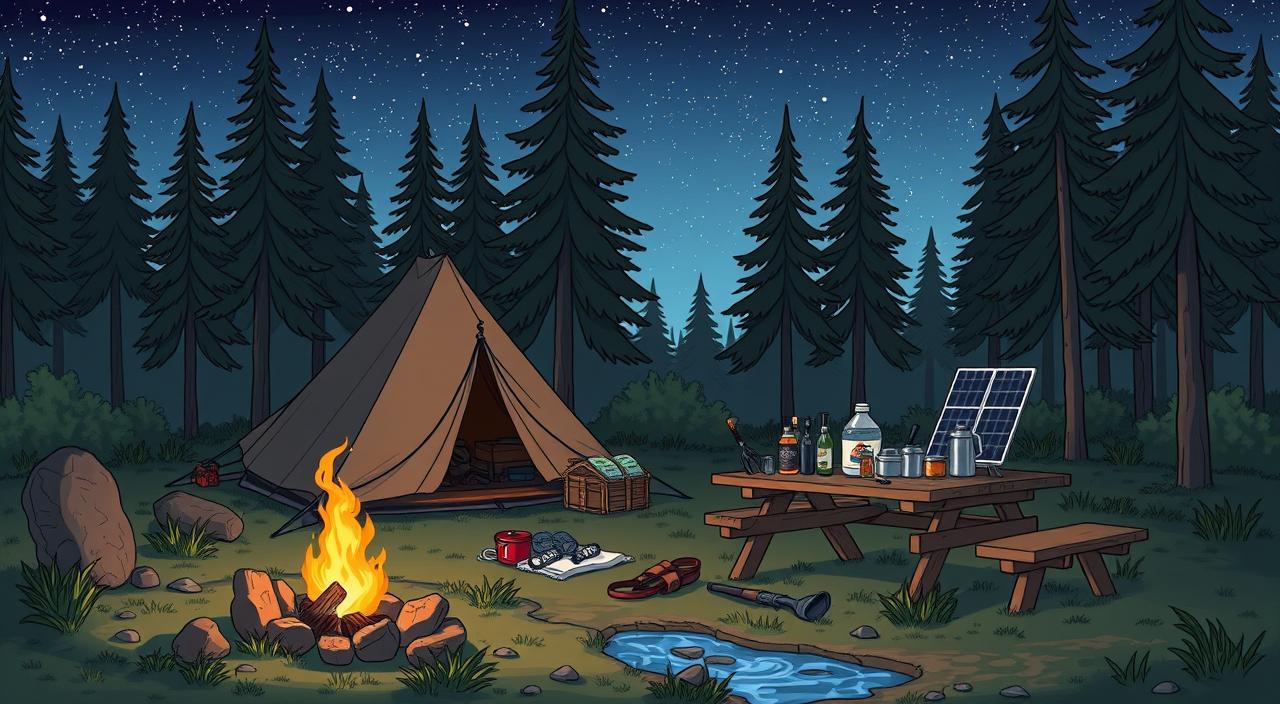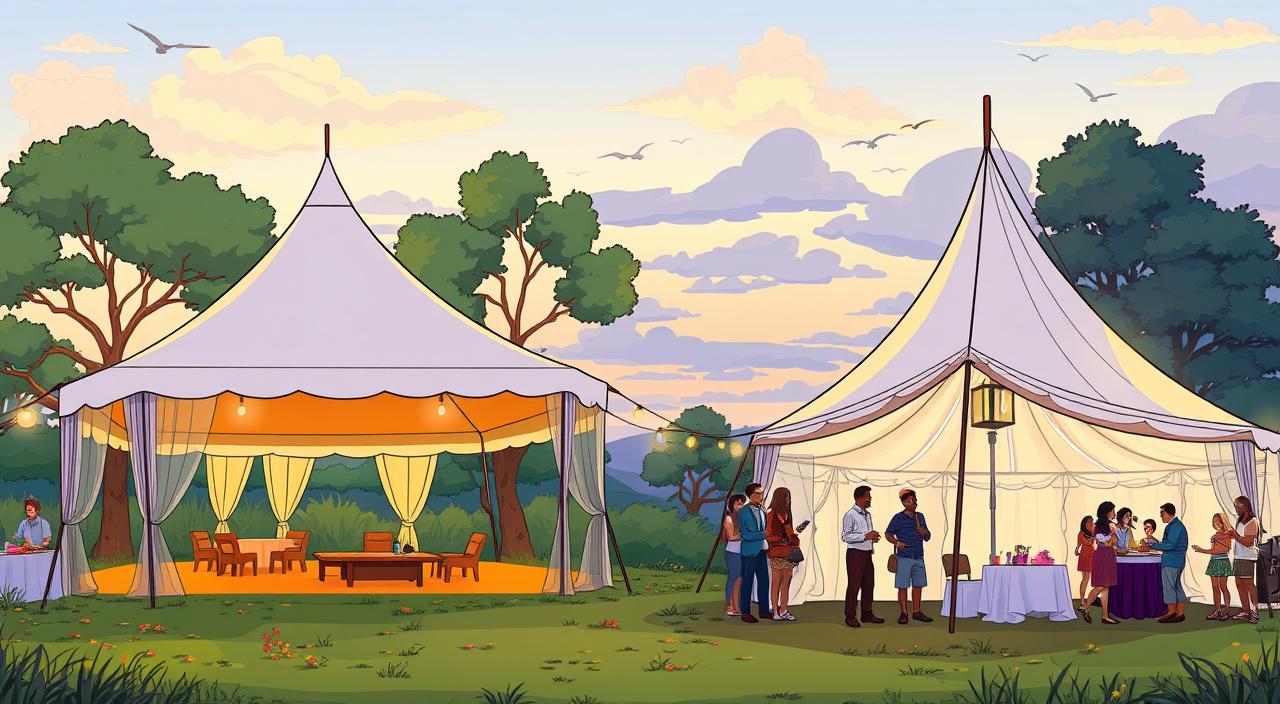
Disclaimer: This post may contain affiliate links. As an Amazon Associate, we earn from qualifying purchases.
Ever wondered which tent is best for your outdoor events: frame or pole tents? Planning events like weddings, festivals, or corporate gatherings requires knowing the differences between these two. Each type has its own strengths, from stability to looks.
This debate isn’t just about what looks better; it covers materials, setup, and even how much space you’ll need. By looking into this comparison, you’ll be ready to choose the right tent for your event. So, are you ready to see which tent suits your event best? Let’s dive in!
Key Takeaways
- Frame tents provide superior stability, while pole tents offer a traditional look.
- Understanding materials can impact durability and weather resilience.
- The setup process can vary significantly between frame and pole tents.
- Portability and weight considerations are crucial for your choice.
- Space efficiency plays a vital role in accommodating your event’s needs.
- Ventilation features can enhance comfort during outdoor events.
Introduction to Tents
Tents are key for outdoor camping and events, offering shelter and protection. Knowing the different types helps you choose the right one for your needs. Each type has special features for various situations. A good tent can make your outdoor adventure better, whether it’s a weekend trip or a big event.
Choosing the right tent is crucial for comfort and safety in outdoor camping. You should think about size, waterproofing, and how stable it is. There are many tents out there, like pole tents and frame tents, each for different uses. Let’s look at the main differences between these two.
Pole tents are great for big groups because they can get really long, over 200 feet. They’re perfect for big events. Frame tents are pricier but are strong for long stays and work well on tricky surfaces.
Frame tents have a big advantage with their open space, which is great for flexible layouts. Pole tents can have center poles that block your view. Your choice between these tents depends on how you want your space to look and function for your event or adventure.
| Feature | Pole Tents | Frame Tents |
|---|---|---|
| Cost | Generally lower | Higher starting rates |
| Size | Up to 200+ feet | Flexible dimensions |
| Setup Time | Quicker | Longer setup process |
| Interior Space | Center poles can obstruct | Clear span, unobstructed space |
| Durability | Less sturdy in harsh weather | More resilient against rain and wind |
Understanding Tent Structures
Tent structures are key to the success of outdoor events. They affect both the look and how well an event goes. Knowing the difference between a tent frame and a pole design helps you pick the right one. Each type has its own benefits that impact how stable and useful it is.
Frame tents have a strong framework that holds up the canopy without needing a center pole. This makes them great for events that need flexible layouts. People can move around easily and set up furniture without any problems. Pole tents, however, use poles to keep the canopy up. They create a beautiful look with sweeping lines and high ceilings, perfect for formal events.
- Cost Efficiency: Frame tents cost more upfront but are stable and flexible for a long time. Pole tents are cheaper for one-time events.
- Setup Requirements: Pole tents are easier to set up and quicker for short events.
- Event Suitability: The right design depends on the event’s type and length. Frame tents work well for longer events, while pole tents are great for temporary ones.
- Aesthetic Appeal: The look of the tent can greatly affect how guests feel, especially at weddings and formal events.
| Features | Frame Tents | Pole Tents |
|---|---|---|
| Cost | Generally more expensive | More affordable for short-term use |
| Setup | Requires more personnel for complexity | Two to three people typically needed |
| Space Flexibility | More flexible layout without center poles | Larger sizes available |
| Stability | More stable for long-term use | Better for temporary events |
| Aesthetics | Modern look, customizable | Beautiful high peak design |
Both tent types have their own roles and can really make an event better. By knowing what they offer, you can choose the best one for your next event.
Frame vs Pole Tent: The Showdown You Didn’t Know You Needed!
Choosing between frame and pole tents is crucial. Each type has its own strengths for different uses. Knowing these differences helps you pick the right one for your needs.
What is a Frame Tent?
Frame tents are strong and rigid, made from materials like aluminum or steel. They can be set up almost anywhere, even on hard surfaces. This makes them great for places like pavement or decks.
Their design helps them stand up to the wind, keeping them stable in various weather. This is thanks to their sturdy framework that supports the tent’s fabric well.
What is a Pole Tent?
Pole tents use stakes and poles for support. They look elegant and are a popular choice. But, they can only be set up in certain places because they need open ground.
This means you can’t put them just anywhere. They work best in areas with enough space. So, their setup can be limited by the ground they can stand on.
| Feature | Frame Tent | Pole Tent |
|---|---|---|
| Structure | Rigid frame, made from aluminum or steel | Supported by poles and stakes |
| Placement Flexibility | Can be set up on hard surfaces | Requires more open space and ground |
| Wind Resistance | Less affected by wind | May be susceptible to wind |
| Visual Appeal | Simple design | Elegant, iconic appearance |
| Ease of Setup | Typically quicker to install | More time-consuming due to tensioning |
Knowing the differences between frame and pole tents helps you choose the best one for your needs. This can make your camping or event better by using the right tent functionality.
Comparing Tent Materials
Choosing the right tent material is key for a successful outdoor event. The type of material affects how well it stands up to the weather, its weight, and how long it lasts. This section will look at the main fabric options and their benefits. It will also discuss how different materials handle various weather conditions.
Common Materials Used
Here are some top tent materials:
- Polyester: It’s light and versatile, offering a good mix of strength and portability. Polyester is often waterproofed for better weather protection.
- Nylon: Strong and resilient, nylon is great for tents that need to last a long time. It’s also light, making it perfect for smaller tents.
- Canvas: A classic choice, canvas is heavy-duty and breathable. It’s treated for weather resistance, making it great for all kinds of outdoor settings.
Durability and Weather Resistance
When picking tent materials, think about how durable and weather-resistant they are. High-quality fabrics that resist weather are key for a dry and comfy tent. Look for these features:
- Waterproof Coatings: Many tent materials have coatings that keep water out, keeping your space dry.
- UV Protection: Some fabrics block UV rays, protecting your tent and providing shade on sunny days.
- Tear Resistance: How well a fabric can withstand tears and wind damage is crucial for its durability.
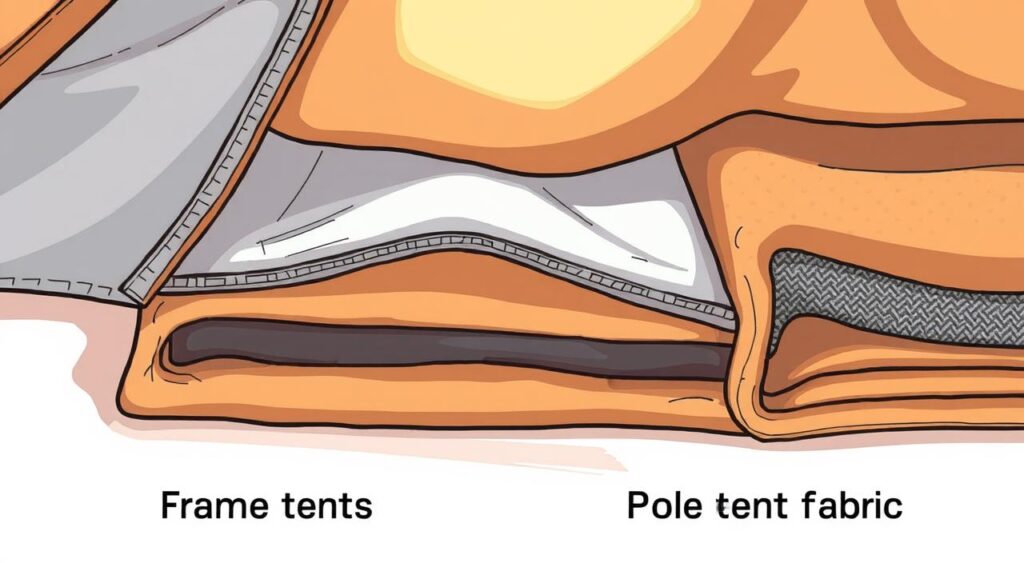
Knowing about tent materials helps you make a smart choice and enjoy your outdoor events more. Choosing top-quality materials means you won’t worry about the weather.
| Material | Weight | Weather Resistance | Durability |
|---|---|---|---|
| Polyester | Lightweight | High (with coating) | Moderate |
| Nylon | Very Lightweight | Moderate to High | High |
| Canvas | Heavyweight | Very High | Very High |
Ease of Tent Setup
Setting up a tent can greatly affect your event’s success. It’s crucial whether it’s for a wedding, corporate event, or outdoor festival. Knowing how to set up frame and pole tents helps you choose the best one for your event.
Setup Process for Frame Tents
Frame tents are easy to set up, making them a top pick for event planners. They have a strong framework for quick and efficient installation. You can usually set them up with just a few tools and some help.
- No center poles to obstruct space – this maximizes the interior area.
- Can be installed on various surfaces like grass, asphalt, or concrete.
- Reduced setup time, with some capable of being raised by a single person using tent jacks.
- Ideal for long-term installations due to durability and stable design.
Setup Process for Pole Tents
Pole tent setup is more detailed and requires careful planning. These tents use stakes and guy lines for support. This means you need to think about the land space before setting up.
- Setup can be completed quickly on grass or asphalt, although it requires a larger footprint for anchoring.
- Center poles can obstruct views, limiting the overall layout flexibility.
- Suitable for moderate weather conditions but may face challenges in severe weather.
- Typically requires more labor and effort compared to frame tent assembly.
Weight and Portability
When planning your outdoor event, think about the tent weight and tent portability. These factors are key for easy setup and transport. Each tent type has its own pros and cons, especially when it comes to carrying and moving.
Carrying Frame Tents
Frame tents are heavier because they are very strong. You need to plan how to move them. But, they are great for setting up on different surfaces, like asphalt. They also work well for events that need special flooring or take a long time to set up.
Transporting Pole Tents
Pole tents are light, making them easy to carry. They’re simple to set up, especially on grass. But, moving them can be tricky with all the poles and stakes. These tents are good for big events and can get really big, up to 200 feet long. For more info on the pros and cons of each type, check out this guide on tent types.
Tent Capacity and Space
When planning an event, it’s key to know about tent capacity and space usage. Choosing the right tent size affects how guests move and their overall experience.
Space Usage in Frame Tents
Frame tents stand out for their open interior space. Without central poles, you get more usable space. This makes them great for events like corporate gatherings or formal parties.
Their design lets them fit different sizes, perfect for small or big events. This flexibility makes them versatile for any event.
Space Efficiency in Pole Tents
Pole tents look classic and elegant but have some space issues. Central poles can limit the usable area, affecting how people move and see things. Yet, their unique peaks make them popular for weddings and formal events.
They need more space for staking, which makes them take up more room. Still, many love their look and how easy they are to set up.
Tent Ventilation
Good tent ventilation is key for a comfy setting, especially in warm places. Knowing the differences between frame and pole tents helps in picking the right airflow for your event.
Ventilation Features in Frame Tents
Frame tents come with built-in vents for better airflow. These vents help push out hot air and keep moisture down. This makes frame tents great for any season and long events, keeping everyone cool and dry.
How Pole Tents Promote Airflow
Pole tents are great for airflow because of their sloped design and open sides. This lets a steady breeze in, keeping the inside cool. But, the tall ceilings can trap heat if not managed right. Using fans or opening side walls can help keep the air flowing.
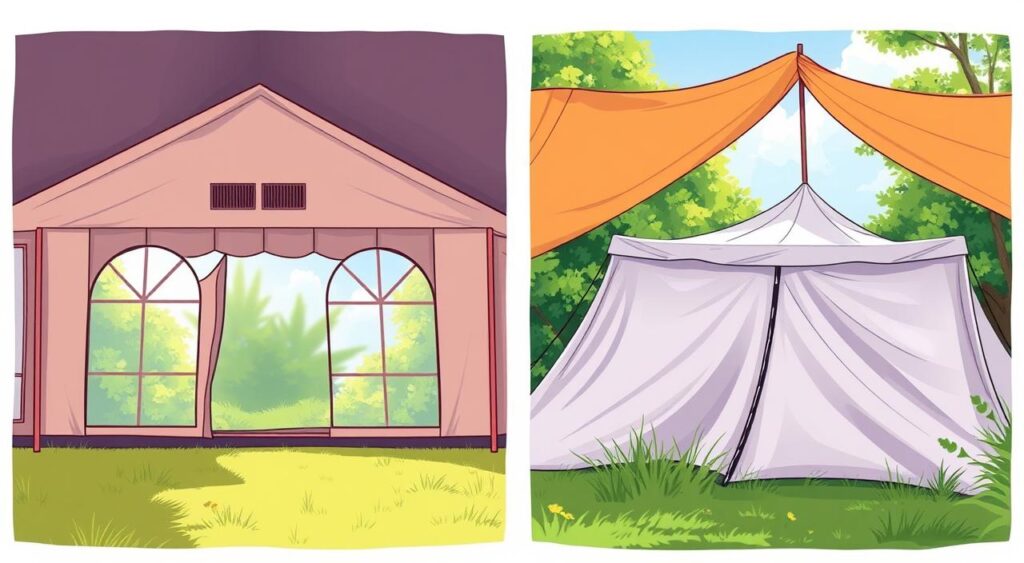
Both tent types have their pros and cons for ventilation. It’s important to pick one that fits your event’s needs for staying cool and comfy.
Weather Resilience: Waterproofing and Durability
Choosing the right tent for outdoor fun is key. You need a waterproof tent to stay safe in bad weather. Frame and pole tents use weatherproofing measures to keep you dry and safe.
Frame tents have strong seams and use materials that don’t let water in. They can handle tough weather. Aluminum frames are great because they’re light, don’t rust, and can take winds over 50 miles per hour.
Pole tents also keep you dry with their strong fabric and coatings. They let air in to cut down on moisture. The way the frame is designed is important for dealing with snow or heavy rain.
The table below shows how frame and pole tents compare in weather resistance:
| Feature | Frame Tents | Pole Tents |
|---|---|---|
| Material Durability | High-quality, water-resistant materials | High-quality coatings on fabric |
| Wind Resistance | Up to 50 mph | Moderate wind resistance |
| Weatherproofing | Reinforced seams for stronger protection | Flexible design allowing for airflow |
| Frame Material | Aluminum, rust-resistant; Steel frames for durability | Typically lighter materials for easier setup |
Both frame and pole tents are great for staying safe in different weather. Think about where you’ll be and what the weather might be like. This way, you can pick the best tent for a dry and safe adventure.
Cost Considerations and Value
Looking at tent costs, we must think about both the upfront price and long-term value. Frame and pole tents have different prices and value for money.
Cost of Frame Tents
Frame tents cost more at first because they use strong materials. Renting a 20×20 tent starts at $600, and a 40×100 tent can cost up to $4,500. Buying one costs between $3,600 and $23,300. Even though they cost more at first, they last longer and need less upkeep, making them a good deal over time.
Cost of Pole Tents
Pole tents are cheaper, making them a good choice for those watching their budget. Renting a 20×20 tent starts at $450, and a 40×100 tent costs up to $3,000. Buying them costs between $2,700 and $16,500. While they’re cheaper upfront, they might need to be replaced more often and could cost more for decorations, affecting their value later.
The table below shows the prices for frame and pole tents, making it easy to compare:
| Tent Type | Rental Prices (20×20 ft) | Rental Prices (40×100 ft) | Purchase Prices (20×20 ft) | Purchase Prices (40×100 ft) |
|---|---|---|---|---|
| Frame Tent | $600 | $4,500 | $3,600 | $23,300 |
| Pole Tent | $450 | $3,000 | $2,700 | $16,500 |
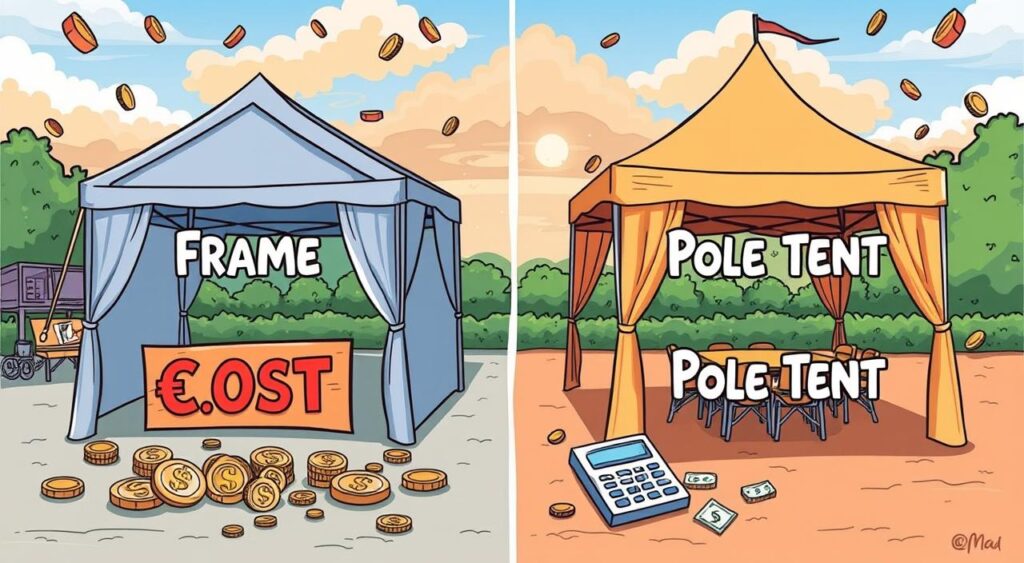
In summary, frame and pole tents have their pros and cons in terms of cost. Carefully looking at these costs will help you make a smart choice for your needs and budget.
Conclusion
When picking the right tent for your event, think about what frame and pole tents offer. Frame tents are great for different surfaces and weather. They let you create unique spaces, perfect for special events like weddings and bachelorette parties. But, they take more time to set up and cost more, which is important if you’re watching your budget.
Pole tents are a budget-friendly choice that still looks great, especially for traditional events like weddings. They need some extra care and upkeep but are cheaper for big events. Consider your event’s needs, like how many guests you’ll have, the setup crew, or the ground type. The right tent will make your event better.
Your choice will depend on what you like, what you need, and how much you can spend. We suggest thinking about these things carefully to pick the best tent for you. With this advice, you’re ready to choose the right tent for your outdoor plans.



